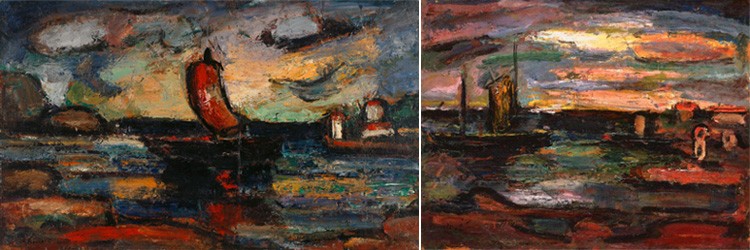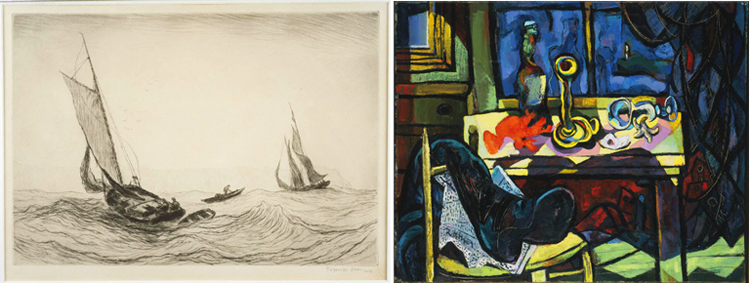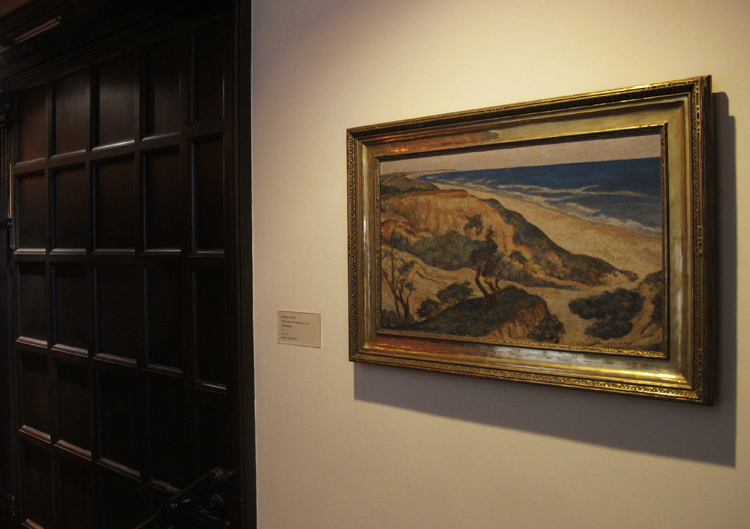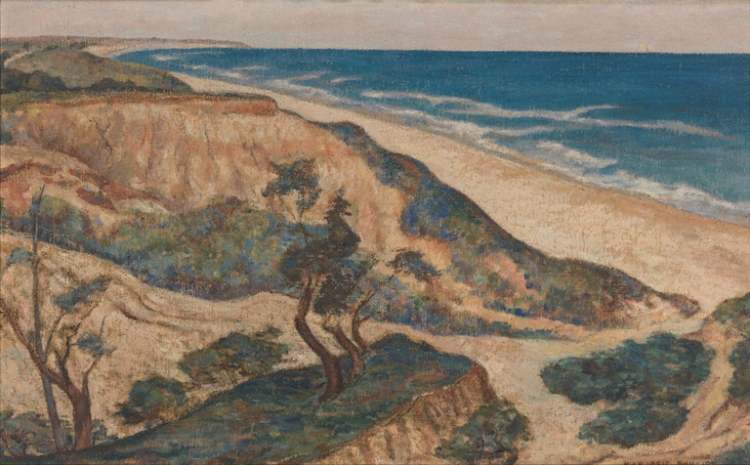In the Collection Comparisons series, we pair one work from Gauguin to Picasso: Masterworks from Switzerland with a similar work from the Phillips’s own permanent collection.

(left) Georges Rouault, Landscape with Red Sail, 1939. Oil on paper laid down on gauze, 19 3/4 x 33 in. Im Obersteg Foundation, permanent loan to the Kunstmuseum Basel. Photo © Mark Gisler, Müllheim. Image © 2015 Artists Rights Society (ARS), New York / ADAGP, Paris (right) Georges Rouault, Afterglow, Galilee, before 1931. Oil on paper mounted on canvas, 19 3/4 x 25 5/8 in. The Phillips Collection, Washington, DC, Acquired 1939 © 2015 Artists Rights Society (ARS), New York / ADAGP, Paris
As Georges Rouault explained, “My real life is back in the age of the cathedrals,” a sentiment reflected in his art. After 1930, Rouault developed a new style in which he used the motifs of landscape and seascape to explore religious themes. In Landscape with Red Sail, atmospheric colors painted in thick tactile layers reveal a single boat at sea, perhaps on a spiritual journey. Painted at Rouault’s Paris studio on rue Martignac, this work was displayed with canvases by Chaïm Soutine, André Derain and Maurice Utrillo at Karl Im Obersteg’s residence.
Duncan Phillips also responded to Rouault’s religious landscapes. In 1939, he purchased a painting similar in style and motif, Afterglow, Galilee.



